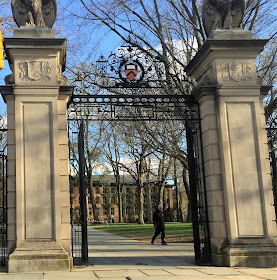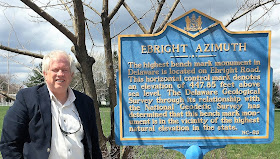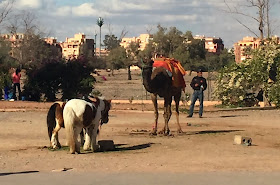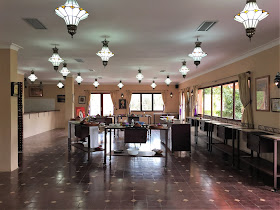Princeton University, founded in 1746, was the fourth college in the colonies. First was Harvard, then the College of William and Mary, then Yale, and then Princeton. What's so cool about Princeton? Its alumni include:
Just walking around campus made us feel smart (at least as smart as this little boy trying to get the last drop out of the barrel):


On the Princeton University Campus itself, we admired the tower of the John D. Rockefeller College (named after JDR III, brother of Nelson Rockefeller, and yes, he was an alumnus, class of 1929):
41 Nobel laureates
21 National Medal of Science winners
14 Fields Medalists
10 Turing Award laureates
5 National Humanities Medal winners
209 Rhodes Scholars
126 Marshall Scholars
2 U.S. Presidents (James Madison, Woodrow Wilson)
1 U.S. Vice President (Aaron Burr)
1 First Lady (Michelle Obama)
12 U.S. Supreme Court Justices
Bunches of members of Congress and Cabinet members
Lots of other famous people (e.g., Jeff Bezos, Jimmy Stewart,
Brooke Shields, Lee Iacocca, Alan Turing)
Just walking around campus made us feel smart (at least as smart as this little boy trying to get the last drop out of the barrel):


On the Princeton University Campus itself, we admired the tower of the John D. Rockefeller College (named after JDR III, brother of Nelson Rockefeller, and yes, he was an alumnus, class of 1929):



















































